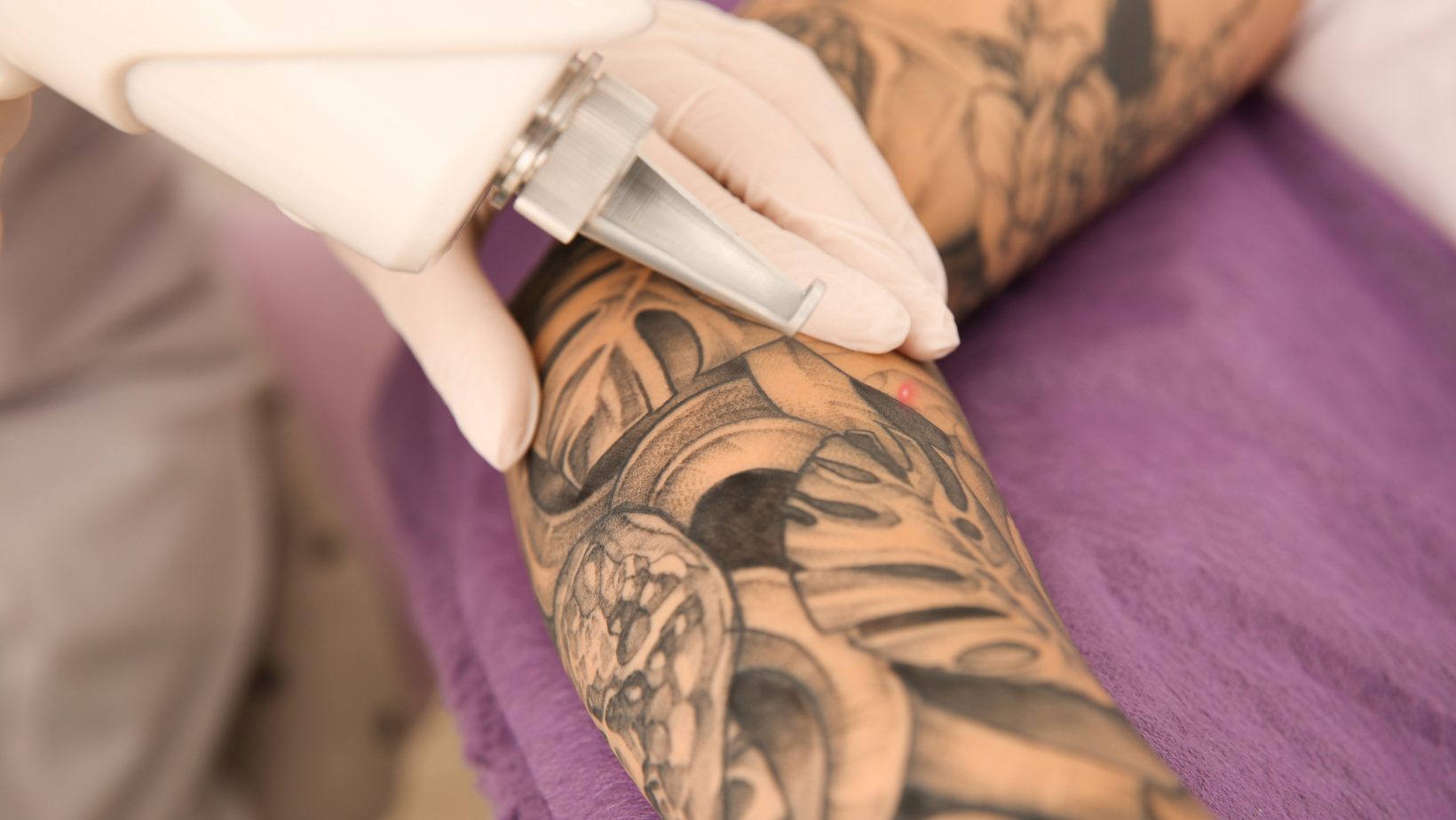
A Simple Guide to Tattoo Removal Options
Tattoos are a form of artistic expression, but they may not always align with our evolving tastes or circumstances. If you’re considering tattoo removal, this simple guide will introduce you to the various options available to help you make an informed decision.
Tattoo Removal Options
1. Laser Tattoo Removal
Laser tattoo removal is a popular and effective method that uses high-intensity laser beams to break down tattoo ink. The laser targets the pigment in the tattoo, causing it to fragment into smaller particles that can be naturally eliminated by the body. For those in the Brisbane area seeking tattoo removal services, Brisbane laser tattoo removal provides this sought-after and effective method, ensuring a safe and efficient process.
2. Tattoo Removal Creams
Tattoo removal creams work by penetrating the skin and breaking down the tattoo ink pigments. While they may not provide complete removal, they can help fade the tattoo and make subsequent removal methods more effective.
3. Surgical Excision
Surgical excision involves surgically removing the tattooed skin and suturing the surrounding skin back together. This method is typically used for small tattoos or when laser removal is not feasible.
4. Dermabrasion
Dermabrasion is a technique that involves removing the top layers of the skin using a rotating brush. This process helps to gradually fade the tattoo by wearing down the ink particles.
5. Chemical Tattoo Removal
Chemical tattoo removal involves applying a specialized solution to the tattooed area, causing the ink to break down and fade over time. This method is less common and may require multiple sessions for optimal results.
Considerations for Tattoo Removal
Before proceeding with tattoo removal, there are several factors to consider:
1. Tattoo Characteristics
The size, color, age, and location of the tattoo can influence the choice of removal method. Some techniques may be more effective for specific colors or tattoo sizes.
2. Pain and Discomfort
Tattoo removal procedures can cause discomfort, ranging from mild to moderate. Discuss pain management options with your practitioner to ensure a comfortable experience.
3. Skin Sensitivity and Healing
Individuals with sensitive skin may experience heightened reactions during and after the tattoo removal process. It’s essential to follow proper aftercare instructions to promote healing and minimize potential complications.
4. Treatment Costs
Tattoo removal costs can vary depending on factors such as the size and complexity of the tattoo, the number of sessions required, and the chosen removal method. Consult with practitioners to get accurate cost estimates.
Conclusion
Tattoo removal is a personal decision that requires careful consideration. Laser tattoo removal, tattoo removal creams, surgical excision, dermabrasion, and chemical tattoo removal are among the options available. By understanding the different techniques and considering factors like tattoo characteristics, pain management, skin sensitivity, and costs, you can make an informed choice and embark on the journey of tattoo removal confidently.

Comments are closed.